Glory 1
In sport there is the concept of the “forced error”, in which the player bears down on an opponent with physical and psychological intimidation. The opponent’s error -a missed pass, a bad serve, a clumsy hit- is not a matter of chance but of intention. Yet the specific outcome can never be predicted. Players attempting to exploit forced errors can find themselves the losers. Sometimes they are even ejected from the field of play.
Like many artists, I use forced error, unforced mistakes and chance as vital elements in my game. I find myself making use of them more frequently. Echoing in my mind is the advice of Miles Davies to one of his band members: “Play like you don’t know how to play.”
So I usually think my way towards a particular project or an individual image for weeks, months, even years. Ideas bubble up and subside, influences are identified, studied and absorbed, images emerge into my consciousness, awaiting execution. But as I approach the act of making I seek to let go of all this thinking, and to put it in tension with the unknown, the potential error.
Today’s digital cameras are amazing examples of precision, prediction and control. I am impressed each day by how good my camera is at summoning light out of darkness, catching and freezing movement, transforming what I see into something storable and memorable. It is not false modesty for me to say that I have come to believe that my camera is much better at making sense of what it sees than I am. And, after the event, I discover what it has seen with gratitude.
So we play a game together. I point my camera towards objects and scenes that are “too dark” or “too light” ... sometimes both at the same time. And I frequently defy the cardinal rule that photography is the art of capturing and controlling light. I click when the camera tells me not to, when it says there is no point. And I often discover that there is a point. Some mysterious trace of appearance emerges from the gloom, bringing with it an emotional intensity. Similarly with light that burns its way towards nothingness, and a glimpse of “truth” is revealed.
Working with slow shutter speeds has become an empty cliché of modern photography. But on occasion it can evoke how we actually experience the world we inhabit, not with one-point perspective, not with clarity, but as a blur of glimpses and feelings, a rush of sensory overload that our brains have to subdue to make them manageable.
So too with the point of focus: I slip and slide between plains of sharpness, just as we all do in our daily perceptions, until the moment of clarity is captured. Or the moment of mystery.
A shift of light, a breath of wind, a change in temperature, the ceaseless transmutation in patterns of flow – all such unforeseen events are predictable in one sense, the sense that they are bound to occur. Yet in precise detail they are impossible to predict. In this tension between precision and imprecision lies the drama I seek to witness, and translate into an image. And it is not a coincidence that these images hover between photography and painting>
When we see we feel – and then, possibly, we understand. Forced errors, I believe, can bring me closer to this chain of perception than when I fully plan, calculate and control my encounter with what lies before me. Thus for me this use of forced error is more than play, as important as play is to the making of art and meaning. At the risk of sounding pompous, my intention is serious. I wish to catch evidence of what I and the camera have seen together and present it to the viewer so that it triggers something inside her, a kind of recognition: “I am in this. This is in me.”
 Share / Save
Share / Save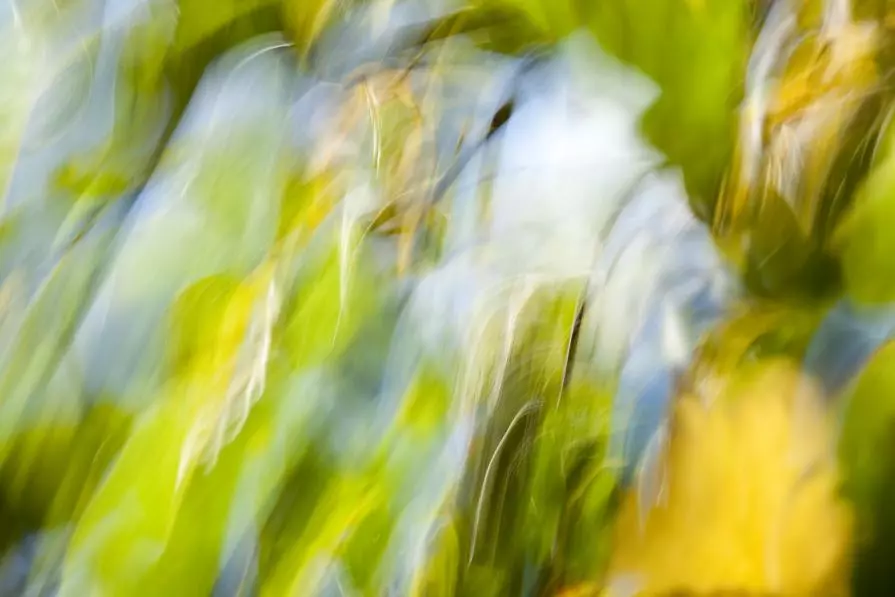

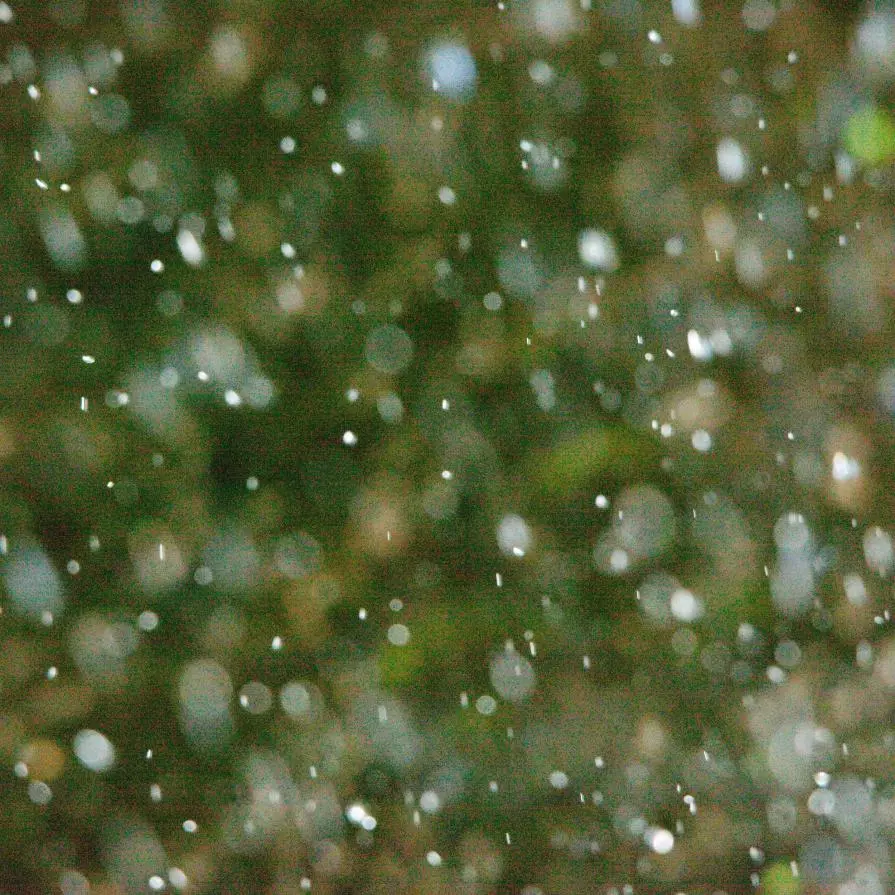

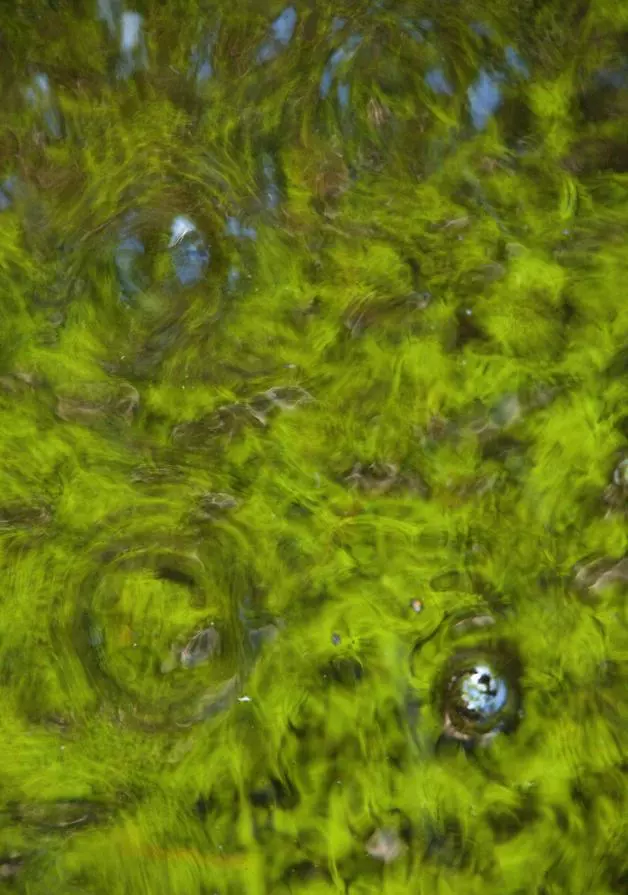
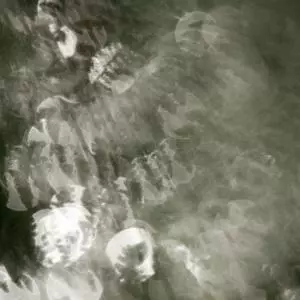


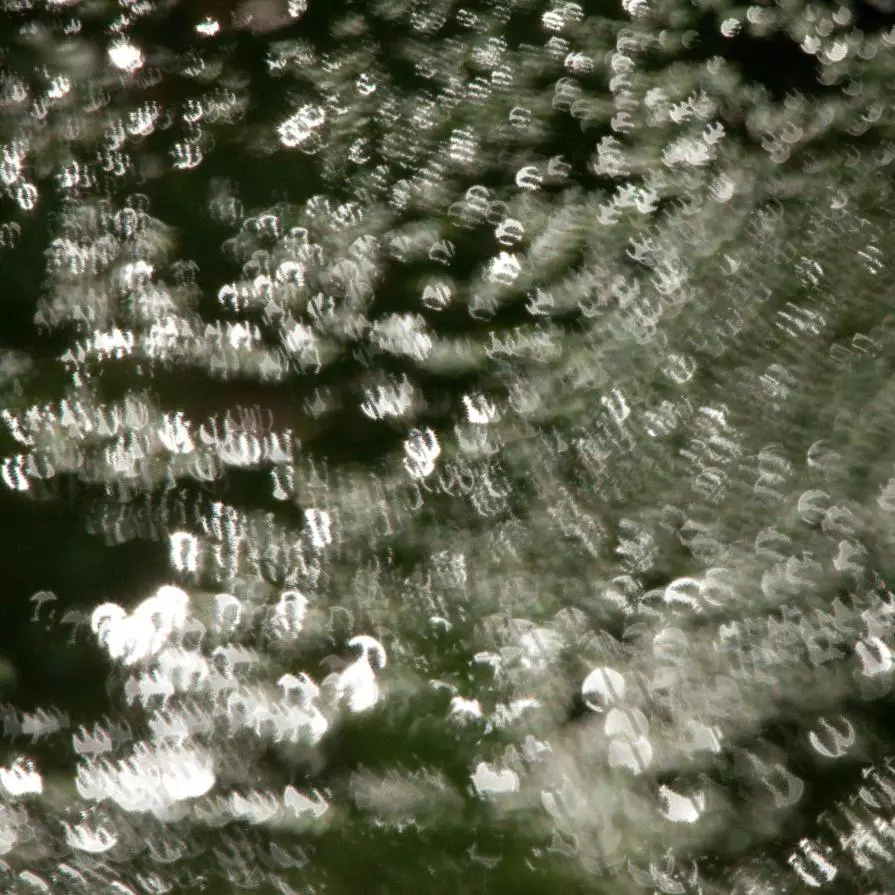


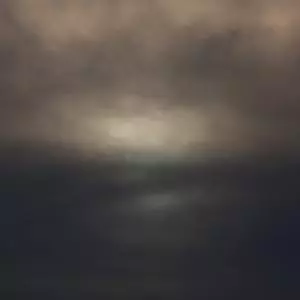

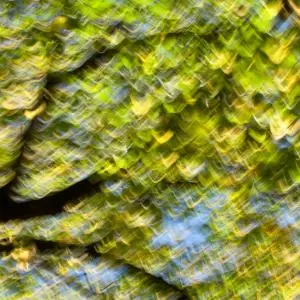
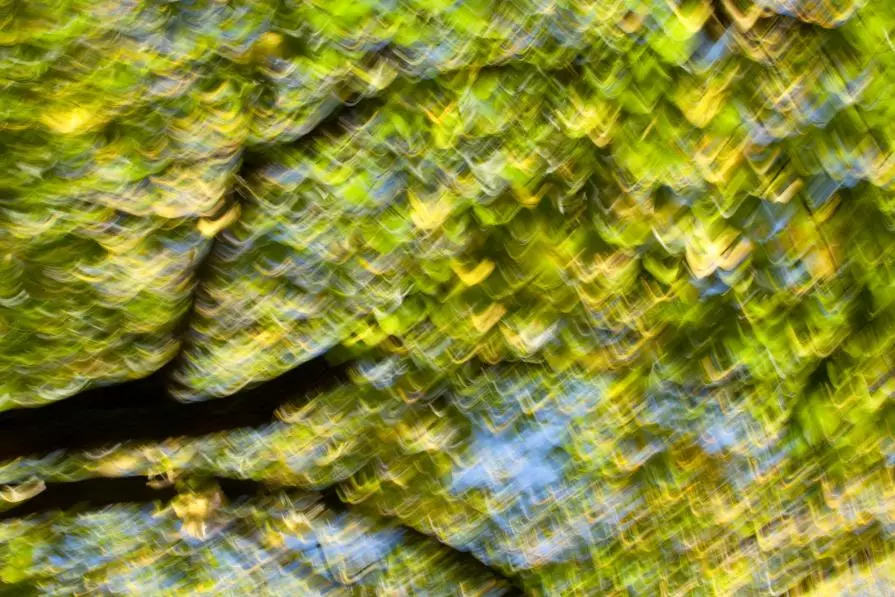
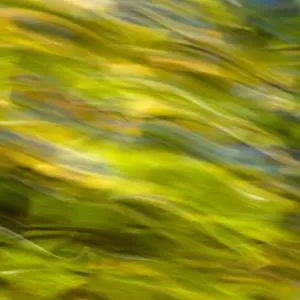
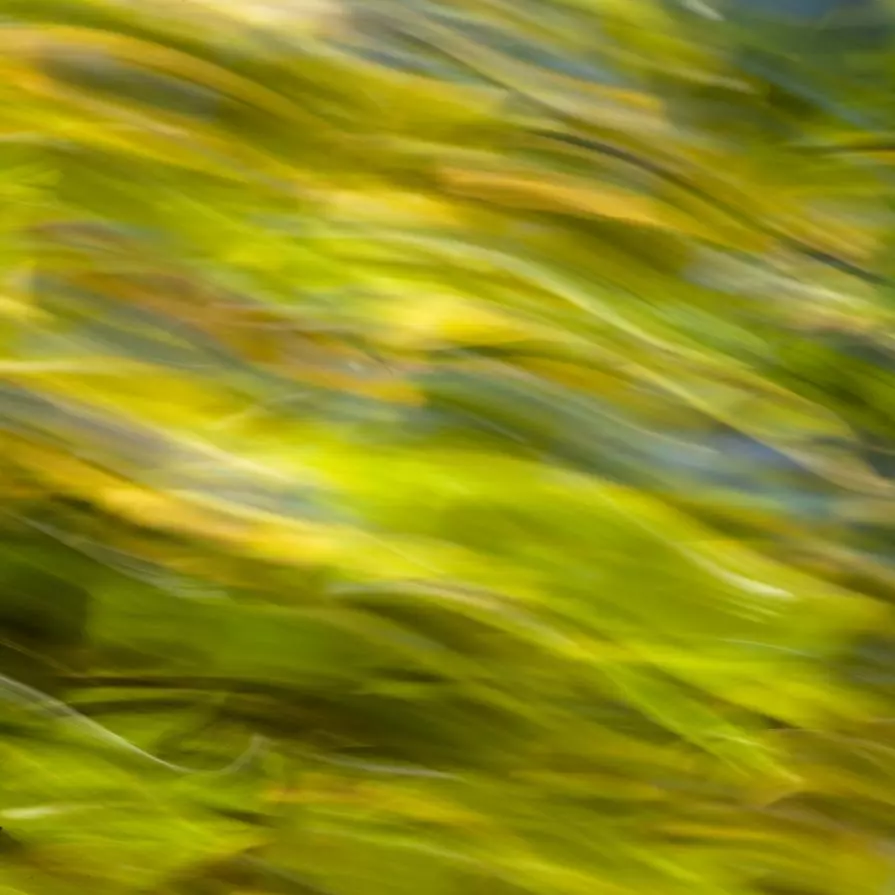
























Commenti 14
UNA LUCE CHE SFUGGE ,UN MIRAGGIO NELL'OSCURITA'.........
BUON ANNO .
Inserisci commento